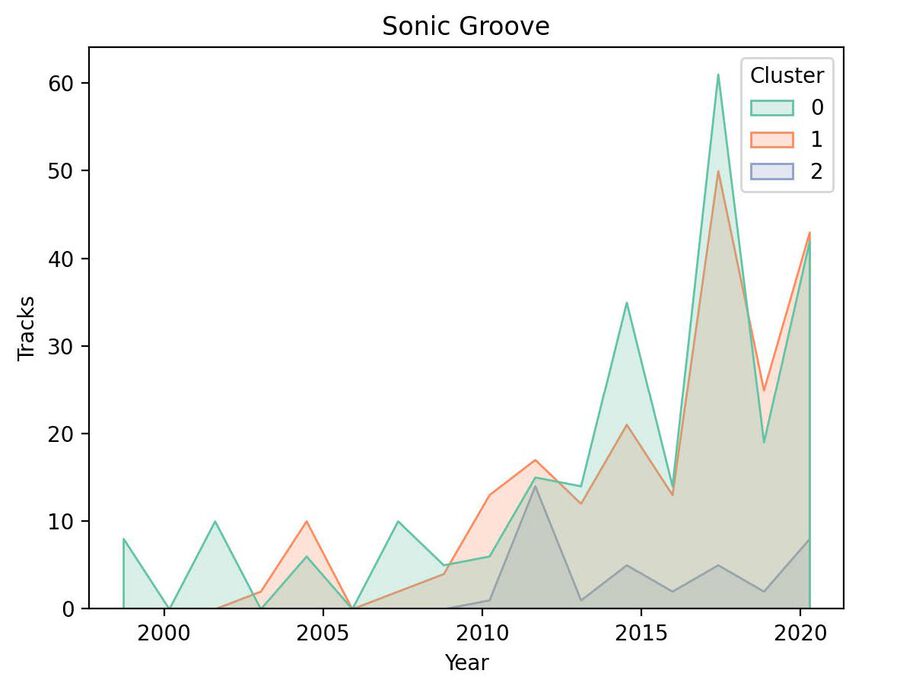
Dance Librarian: Sonic Explorations of the Bandcamp Underground
Leuphana University (Germany)
<https://dx.doi.org/10.12801/1947-5403.2021.13.01.11>
Since the dawn of the digital age we have experienced an unprecedented proliferation of music facilitated by digital tools and media channels. The music streaming platform Spotify, for example, makes over 70 million songs available (Spotify 2021), while electronic dance music vendor Beatport hosts 11 million tracks (Beatport 2021). From an "avant-conservative" perspective (Graham 2016: 115–6) the hyper-exposure of music is not only exploitative of the artists but also degrading to the cultural experience. Advocates of this view claim that while in the past the limited availability of obscure or fringe music was the token of “underground” authenticity, today we are flooded with content and accustomed to the sense of instant gratification enabled by digital downloads, with our engagement with underground culture becoming superficial and passive. Conversely, supporters of a "digital liberationist" position celebrate the growth of free digital culture, where the production and accessibility of music is tied to fewer constraints, and musical experience is enriched by blogs, podcasts and weblinks (Graham 2016: 118–20).
Without taking sides, we might agree that when it comes to fringe genres, the digital explosion does not erode niche consumption patterns and associated concepts of subcultural credibility and capital (Thornton 1996). The distinction from the “mainstream” has always been a focal concern of music cultures (Holt 2007: 24). Within the digital ecosystem, the means of achieving this are reproduced in novel ways: beyond the possession of underground music, other factors come into play such as being able to effectively search, select and share it in the online context (Tófalvy 2020: 69–71). Keeping up with the abundance of new releases can be challenging for music professionals and audiences alike; therefore, digital music distribution platforms employ some form of algorithm to make personalised recommendations or to automate the categorisation of music.
Although many aspects of music are notoriously hard to describe, which also reflects the non-specificity and non-referentiality of signification (Holt 2007: 22) particularly in electronic dance music, users rely on verbal labels that aid orientation within the sonic landscape, make recommendations easier, and are also attached to extra-musical activities. According to their broad definition, genre names identify musical events tied to socially accepted rules for the members of a community (Fabbri 1982: 52). Music is a social activity: one goes to an event and meets like-minded people, or experiences a sense of togetherness triggered by a shared appreciation of the performer. The socio-cultural embedding of music events may prescribe forms of belonging, dress and behaviour codes, common values and practices, and are prone to economic regulation (Fabbri 1982: 59; Holt 2007: 22–4).
Fabbri (1982: 60‐3) also emphasises the musical community’s awareness of genre rules and their (use or analytical) competence in their (de)codification, mentioning the transgressions of genre boundaries which may lead to codification of new genres. Compared with classical and Western art music, categories in popular music are fuzzy and fluid (Holt 2007: 14–15). More generic genre descriptors, like “house” or “punk”, may sound straightforward and less confusing, but they are also less useful for uncovering complexities and nuances. More specific categories, like “future funk” or “cold wave”, are more practical in this regard, but may sound obscure or even esoteric to a non-specialist audience. Particularly in electronic dance music, a “metagenre” (Shuker 1998: 122) that features a very high number of sometimes overlapping subgenres,[1] genre rules are often contested, which may generate creative criticism (McLeod 2001: 66).
Music tech companies attempt to cut through the turmoil of genre labels by providing (and improving) relatively detailed taxonomies, or well-designed labels that help both humans and algorithms to find and connect to music. Subgenre naming can be part of a merchandising strategy, related to a top-down model of genre categorisation (McLeod 2001: 67) and standardisation within a music industry that is more preoccupied with market segments than genre cultures (Holt 2007: 26). Beatport, for example, separates its electronic dance music catalogue into 30+ subgenres as of 2021, while its taxonomy encompassed 23 subgenres in 2016 and 29 subgenres in 2018 (Caparrini et al. 2020). As noted above, such categories are not carved in stone. The proliferation of subgenres in electronic dance music is not only related to the rapid stylistic evolution of the metagenre but also to other factors such as the creation and maintenance of subcultural capital (McLeod 2001: 72) and the need for detailed categorisations for DJs who string together similar tracks in their performances, which will also serve as indicators for partygoers (Lindop 2010: 116).
When it comes to niche genres, bottom-up, free tagging systems or folksonomies (Vander Wal 2007) may better capture diversity and creativity, although they are less exact by their nature. Reflecting the formal and informal musical expertise (Lepa et al. 2015) of artists and audiences, these user-generated tags may refer to affective qualities and localities or express free associations (Charles 2020: 27). Supported by certain independent music promotion and marketing websites, they may provide swift reactions to stylistic inventions and aid the discovery of fringe music composing the "long tail" (Gaffney and Rafferty 2009). Bandcamp, for example, is seen as a reputable publishing platform aimed towards independent musicians and labels (Hesmondhalgh, Jones and Rauh 2019: 7) that encourages the use of tags (folksonomies) by its users. In certain cases, such tags may offer a refreshing contrast to Beatport’s genre categories.
As a cultural anthropologist, I have been involved in the study of alternative electronic dance music communities and event-based cultures; as it is often the case, this interest has permeated into my personal life. Consequently, I have first-hand experience of grassroots artists resisting classification to their music on the grounds that such labels are narrow and limiting—especially when they are defined by major industry vendors. At the same time, such categories provide basic orientation within a kaleidoscopic musical landscape, which can be particularly useful for newcomers to a music scene.
The Bandcamp Dance Librarian project grew out of these impressions. The open-source python project makes use of the industry taxonomy of Beatport in an attempt to detect stylistic tendencies or repertoires within the Bandcamp libraries of (mainly) grassroots labels. To achieve this, an automatic subgenre classifier is trained on Beatport’s genre-specific Top-100 lists, [2] which predicts the possible subgenres a track may belong to based on an audio analysis of its musical features. The classifier is then applied to detect the styles a whole Bandcamp library may belong to. The tracks within a library are first individually analysed, then distributed into groups or clusters based on their possible subgenre affiliations. The project output includes the identified clusters (which are amalgams of Beatport genres), the most frequent tags (folksonomies) added by the artists/labels to the Bandcamp pages of each group’s releases, and a more detailed report on three representative tracks. It is therefore possible to compare the industry taxonomy of Beatport with artist folksonomies, as long as such tags are provided on Bandcamp.[3]
Let’s take a look at a working example. Sonic Groove can be described as a Berlin-based industrial techno label with strong EBM (Electronic Body Music) influences from a niche side of the electronic dance music spectrum. Neither industrial techno nor EBM techno are part of the Bandcamp taxonomy, so one can expect that stylistically similar subgenres will be detected by the classifier. After running the Librarian we get a report proposing three clusters with the following timeline distribution (the clustering algorithm may give slightly different results each time):

Figure 1: Sonic Groove Genre Clustering. Photo Credit: Botond Vitos (2021).
The first group (Cluster 0) is tentatively associated with the (Raw-Deep-Hpynotic) Techno, (Classic-Detroit-Modern) Electro and Indie Dance Beatport genres (the numbers in brackets represent confidence values). In this case 245 tracks are assigned to the cluster based on their similarity with the audio features of the cluster centre. This sonic centrepoint is illustrated through three tracks complete with links to their Bandcamp pages and their associated folksonomic tags:

Figure 2: Sonic Groove—Cluster 0. Photo Credit: Botond Vitos (2021).
Note: not all tracks of the cluster are restricted to the identified styles (the clustering is based on best approximation).
Bandcamp links:
As indicated by the folksonomies, Sonic Groove artists move beyond Beatport’s taxonomical boundaries. Genre negotiation, even on the level of the individual, is a constant engagement in independent popular music (Holt 2007: 4–5).
The second group is crystallized around more evident techno influences:
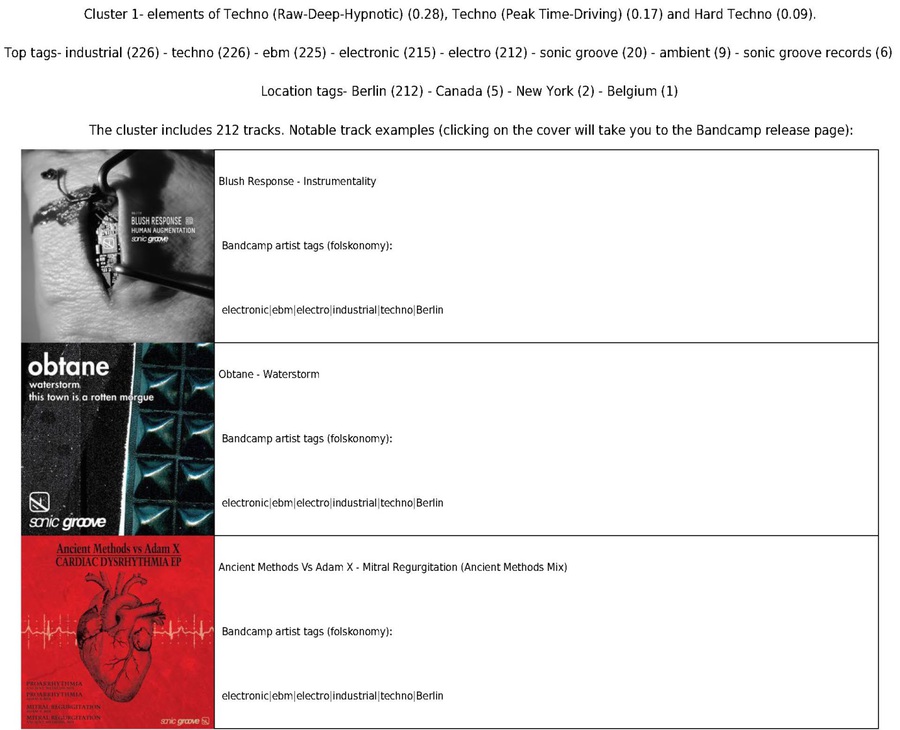
Figure 3: Sonic Groove—Cluster 1. Photo Credit: Botond Vitos (2021).
Bandcamp links:
The classification indicates that these tracks are closer to the general sound of techno tracks on Beatport.
Finally, the last cluster is predominantly classified as ambient. The example tracks are highly atmospheric, and their beats are less pronounced.
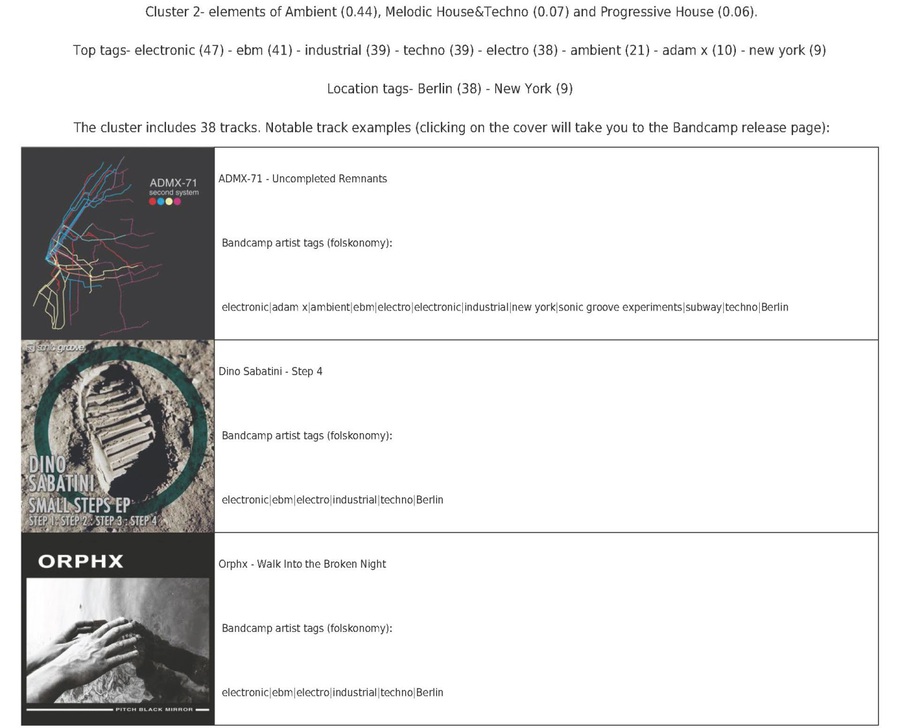
Figure 4: Sonic Groove—Cluster 2. Photo Credit: Botond Vitos (2021).
Bandcamp links:
The folksonomy tags may indicate music (sub-)genres, such as ambient, EBM, electro, industrial, noise, techno. While the industrial(-techno) subgenre, for example, is not included in the Beatport taxonomy, by clicking on the tag on Bandcamp and navigating further, the user can discover similar artists and tracks.
The folksonomies may also refer to aesthetic modes (purism, futurism), localities (Berlin, Hamilton, New York) and moods (desolation, subway). It should be noted that “electronic / ebm / electro / industrial / techno / Berlin” is used as boilerplate for Sonic Groove releases when no other (more specific) tags are provided, referring to the general sound and the home city of the label.
The remainder of this article presents a use case of Bandcamp Librarian focused on localities and location tags (signifying cities, countries and sometimes nationalities). Such tags help to put local music scenes on the map; in the case of particularly prolific or creative cities they can be connected to specific genres too. Most commonly, they identify the city or country where the music label or the artist is based. Electronic music production requires relatively accessible tools and is usually carried out entirely by the producer; prominent artists are often running record labels that are integral to promoting music and structuring scenes (Charles 2019: 60–1). These aspects contribute to the burgeoning of independent music communities across the globe.
The case study draws on features extracted from 36 Bandcamp libraries. The libraries are offered by a piece of music journalism (Kirn 2020) addressing some of Bandcamp’s “underground” techno labels that “have a sense of community, even [as] a small collective of a few friends unlikely to catch larger attention”. Such specialist music press is characterized by Thornton (1996: 151–60) as niche media, which is particularly efficient in categorizing social groups, classifying sounds, defining cultural distinctions and baptising genres. Holt (2007: 21) also emphasises the way genre formation in popular music is influenced by “center collectives” or clusters of significant insiders (fan communities, critics, producers, artists). While the collection offered by Kirn is “by no means a comprehensive list”, it is still suitable for our current aim: a blink into the sounds of a curated group of “underground” techno labels distributed into groups according to their Bandcamp location tags.
The collection includes 15,255 tracks analysed by the Librarian. A total of 98,390 tags are attached to the tracks, illustrated by the word cloud below:
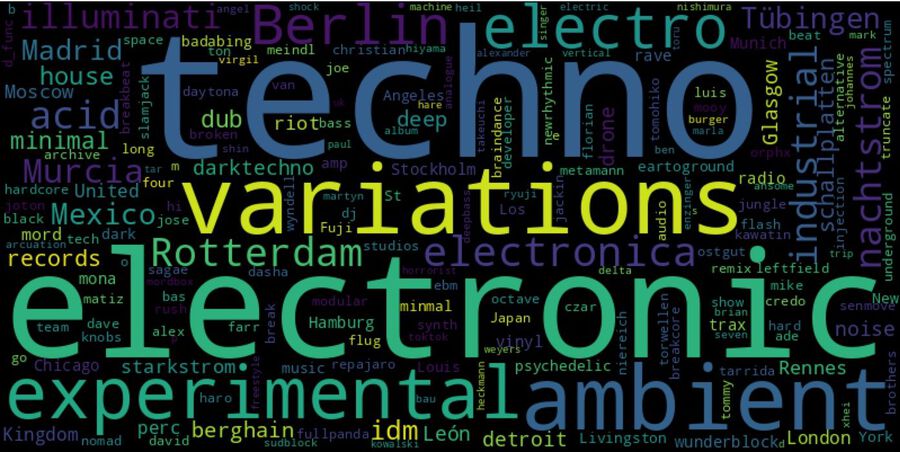
Figure 5: Techno Label Tags. Photo Credit: Botond Vitos (2021).
In total, 12,419 tags refer to locations or nationalities. The majority of the location tags designate cities—more often than not, these are where the labels are based:

Figure 6: Techno Label Location Tags. Photo Credit: Botond Vitos (2021).
The following table shows the ten most significant cities based on the total number of tags pertaining to each location (city), and the number of labels that tagged these cities in their Bandcamp library:
| Location | Berlin | Detroit | Chicago | UK | Japan | Mexico | Madrid | Hamburg | New York | Los Angeles |
|---|---|---|---|---|---|---|---|---|---|---|
| Count | 2350 | 520 | 234 | 794 | 130 | 1188 | 1079 | 273 | 191 | 156 |
| Nr of Labels | 16 | 10 | 6 | 5 | 3 | 2 | 2 | 2 | 2 | 2 |
Figure 7: Techno Cities—Tag-based Quantification. Photo Credit: Botond Vitos (2021).
(Note: United Kingdom has been conflated with London for the purposes of this illustration.)
In one way or another, the relative relevance of these cities within the global techno circuit can be inferred from these numbers. By instructing the Librarian to treat as a single cluster all tracks that are tagged with the same city label, an attempt can be made to delineate an overall—although not the only—sound that can be identified with a location.
The sound of Berlin, for instance, is classified as follows:
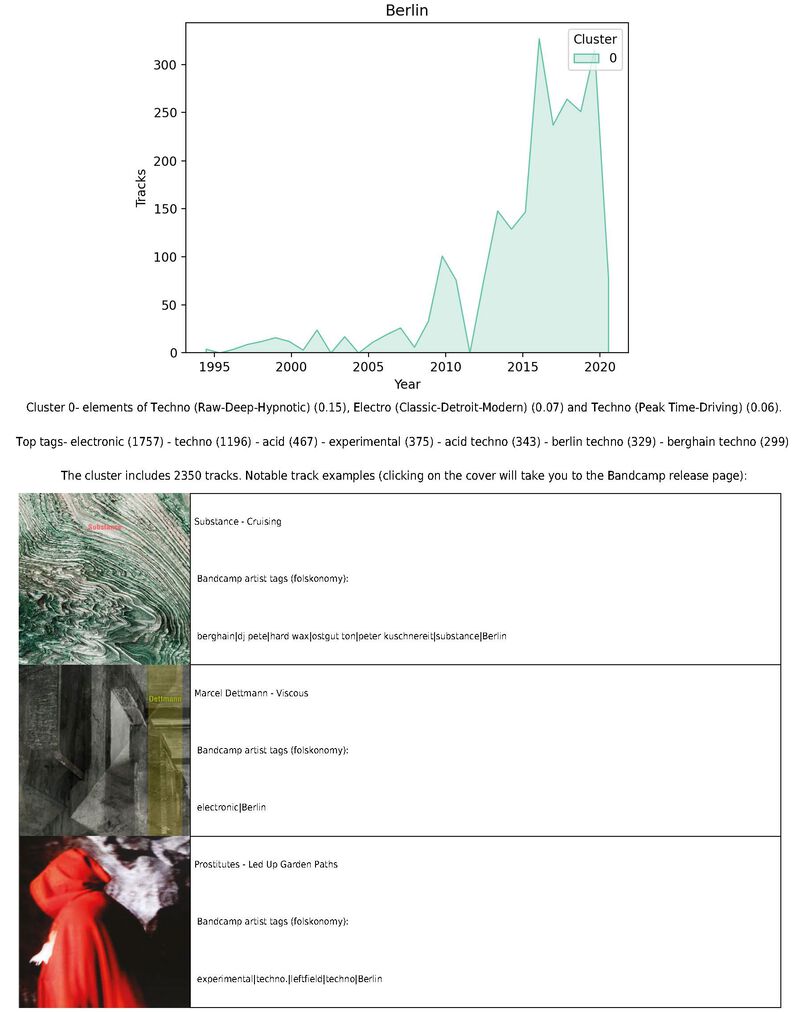
Figure 8: Berlin Techno—Single Cluster. Photo Credit: Botond Vitos (2021).
Bandcamp links:
Of course, defining a single cluster will not account for the sonic diversity of such an influential city. Increasing the number of clusters to three provides more variety:
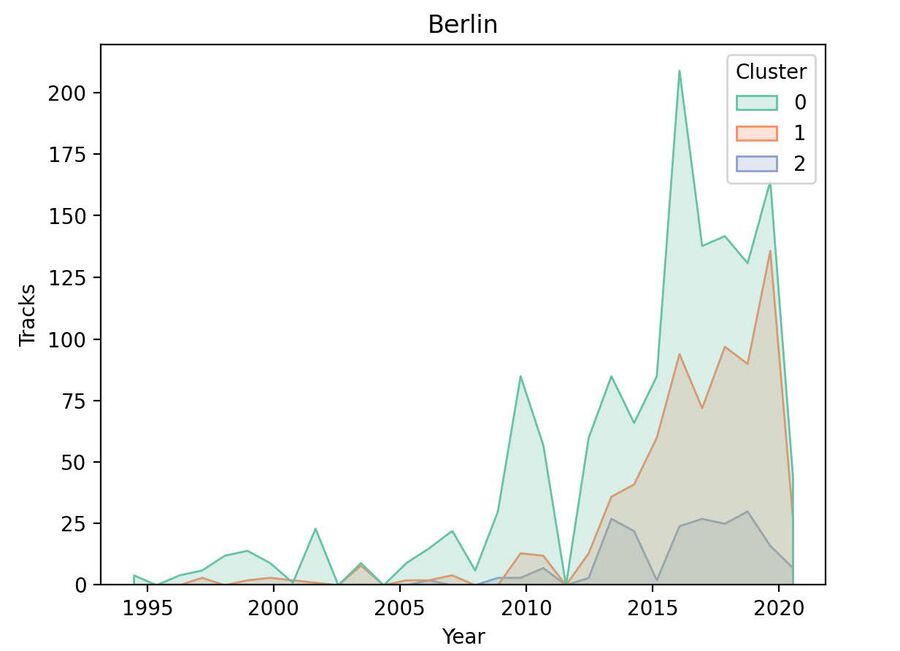
Figure 9: Berlin Techno Genre Clustering. Photo Credit: Botond Vitos (2021).
As suggested by the folksonomies, the first group is mainly built around experimental, Detroit techno and house influences. The track examples cover various atmospheres, from bouncy (tech-)house to hypnotic/moody to more experimental beats, pointing towards the limitations of the classification algorithm or the need to define more clusters.
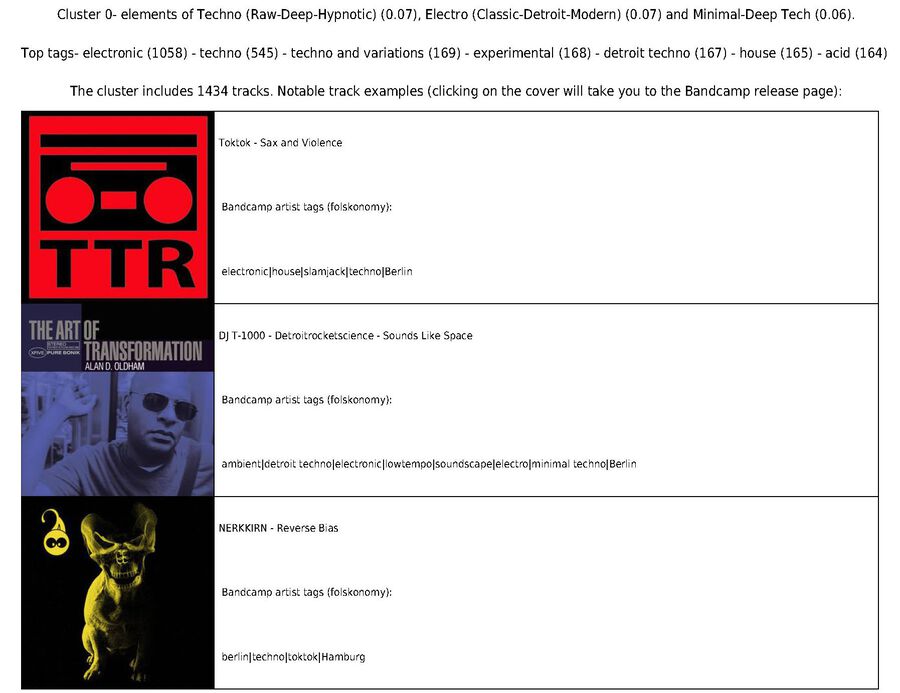
Figure 10: Berlin Techno—Cluster 0. Photo Credit: Botond Vitos (2021).
Bandcamp links:
The second group of tracks are quite confidently identified as raw, stripped-down techno:
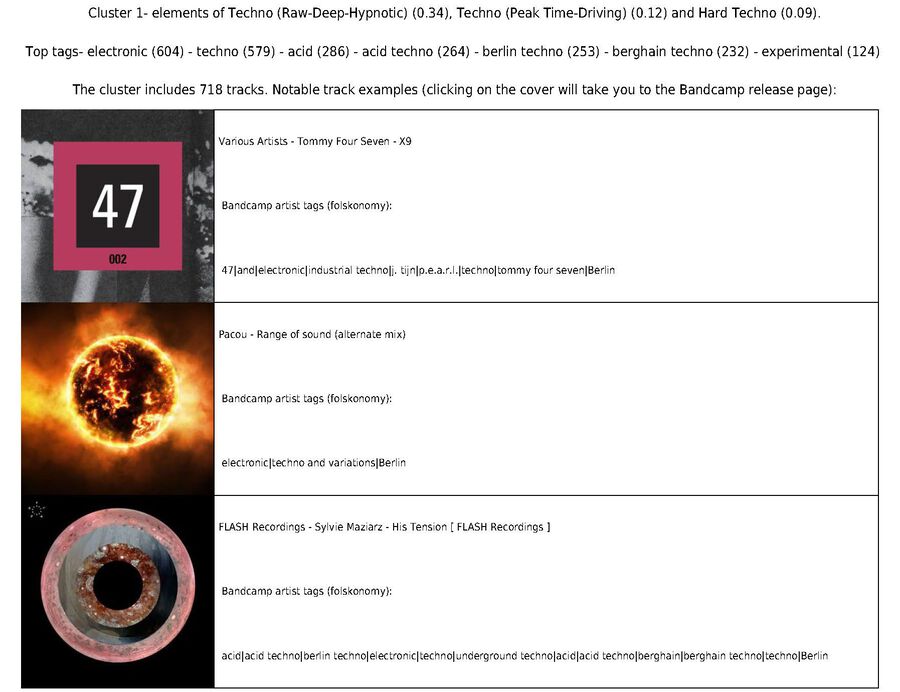
Figure 11: Berlin Techno—Cluster 1. Photo Credit: Botond Vitos (2021).
Bandcamp links:
Finally, ambient emerges as the defining genre for a smaller cluster, with all track examples coming from the same label (Avian):
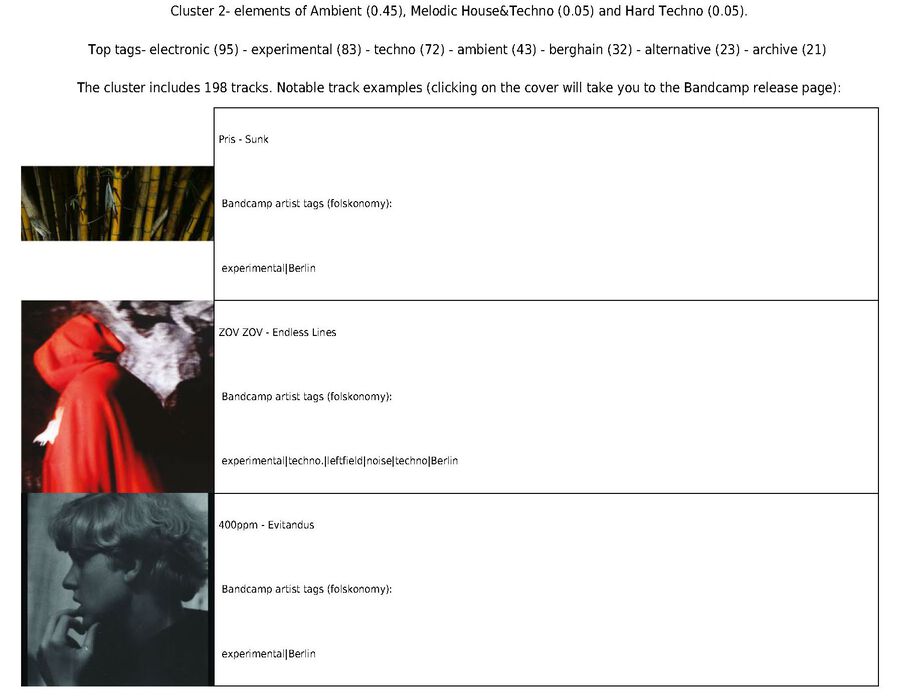
Figure 12: Berlin Techno—Cluster 2. Photo Credit: Botond Vitos (2021).
Bandcamp links:
The appearance of this cluster reflects the prevalence of beatless or experimental tracks on techno releases. (Note: focused on dance music genres, the classifier does not include an “experimental” class, with ambient falling closest to this category.)
In long-standing historical alliance with Berlin, Detroit is the birthplace of techno. In this case the location tag primarily refers to Detroit techno, a subgenre that belongs to a network of translocal scenes (Bennett and Peterson 2004: 8–10) today. Designating a single cluster point conjures the dreamy textures of a Detroit sound prevalent in the track examples:
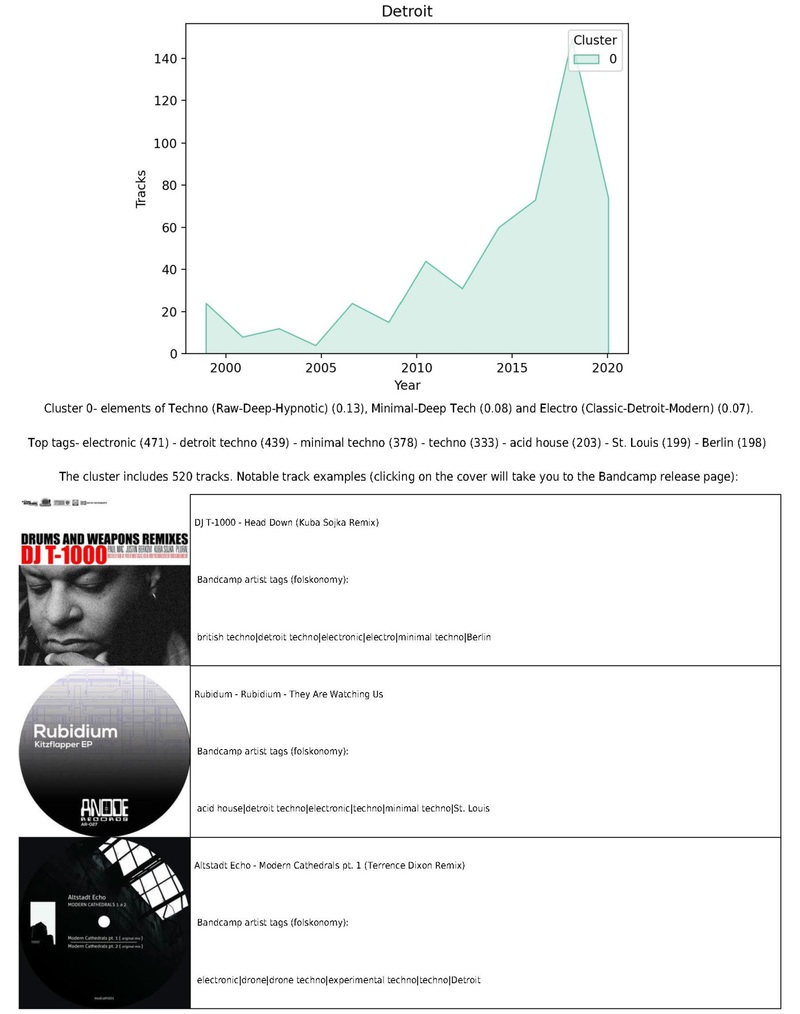
Figure 13: Detroit Techno—Single Cluster. Photo Credit: Botond Vitos (2021).
Bandcamp links:
It should be noted that only one of the track examples is released on a Detroit-based label (Modern Cathedrals).
Focused mainly on the techno genre, the classification exercises in this article yielded satisfying results (admittedly, sometimes after re-running the algorithm), confirming the hybridity of electronic dance music, the transgression of taxonomical boundaries, and the ways the latter can be reflected in folksonomies.
Of course, the performance of the Librarian is limited by the accuracy of the subgenre classifier. The scores of the algorithm are similar to the model of Caparrini et al. (2020: 6),[4] which can be seen as fair results when taking into account the standard features extracted, the high number of subgenres and subgenre proximities. Caparrini et al. (2020: 14) offer a few suggestions for improving the classifier, much of which would involve structural analysis carried out, ideally, on full-length Beatport tracks (as opposed to the freely provided two-minute samples used in this project).
For increasing the stylistic variety, the Librarian can be used with other genre classification algorithms too. For instance, the TensorFlow auto-tagging models supplied with the Essentia audio and music analysis library (Alonso-Jiménez et al. 2020) can be employed to predict a wider group of popular music genres, venturing beyond the boundaries of electronic dance music in such sonic explorations.
Botond Vitos is a cultural anthropologist with research interests in popular music studies, electronic dance music culture, event-cultures, the Burning Man movement and genre classification in machine learning. He is part of the editorial team at Dancecult.
Email: x@vitos.tv
Alonso-Jimenez, Pablo, Dmitry Bogdanov, Jordi Pons, and Xavier Serra. 2020. “Tensorflow Audio Models in Essentia”. Barcelona, Spain. 2020 IEEE International Conference on Acoustics, Speech and Signal Processing (ICASSP). <https://doi.org/10.1109/icassp40776.2020.9054688>.
Bennett, Andy, and Richard A. Peterson. 2004. “Introducing Music Scenes”. In Music Scenes: Local, Translocal and Virtual, ed. Andy Bennett and Richard A. Peterson. 1–16. Nashville: Vanderbilt University Press.
Besseny, Amelia. 2019. “Lost in Spotify: Folksonomy and Wayfinding Functions in Spotify’s Interface and Companion Apps”. Popular Communication 18(1): 1–17. <https://doi.org/10.1080/15405702.2019.1701674>.
Caparrini, Antonio, Javier Arroyo, Laura Pérez-Molina and Jaime Sánchez-Hernández. 2020. “Automatic Subgenre Classification in an Electronic Dance Music Taxonomy”. Journal of New Music Research 49(12): 1–16. < https://doi.org/10.1080/09298215.2020.1761399>.
Charles, Christopher. 2019. “Part of the Tribe: Crews, Residence, and Affiliation in Underground Dance Music Scenes”. IASPM Journal 9(2): 55–74. <https://doi.org/10.5429/2079-3871(2019)v9i2.5en>.
Charles, Christopher. 2020. “Genre in Practice: Categories, Metadata and Music-Making in Psytrance Culture”. Dancecult: Journal of Electronic Dance Music Culture 12(1): 22–47. <https://doi.org/10.12801/1947-5403.2020.12.01.09>.
"Company – About Beatport". Beatport. 2021. <https://about.beatport.com/>. (accessed 14 October 2021).
Fabbri, Franco. 1982. "A Theory of Popular Music Genres: Two Applications". In Popular Music Perspectives: Papers from the First International Conference on Popular Music Research, Amsterdam, June 1981, ed. David Horn and Philip Tagg. 52‐81. Goteborg: IASPM.
Gaffney, Michael, Pauline Rafferty. 2009. "Making the Long Tail Visible: Social Networking Sites and Independent Music Discovery". Program 43(4): 375–91. <https://doi.org/10.1108/00330330910998039>.
Graham, Stephen. 1996. Sounds of the Underground: A Cultural, Political and Aesthetic Mapping of Underground and Fringe Music. Ann Arbor: University of Michigan Press.
Hesmondhalgh, David, Ellis Jones, Andreas Rauh. 2019. “SoundCloud and Bandcamp as Alternative Music Platforms”. Social Media+ Society 5(4): 1–13. <https://doi.org/10.1177/2056305119883429>.
Holt, Fabian. 2007. Genre in Popular Music. Chicago: University of Chicago Press.
Kirn, Peter. 2020. “Underground Techno Labels: A Bandcamp Guide”. CDM. 1 May. <https://cdm.link/2020/05/underground-techno-labels-a-bandcamp-guide/>. (accessed 14 October 2021).
Lepa, Steffen, Anne-Kathrin Hoklas, Hauke Egermann, Stefan Weinzierl. 2015. “Sound, Materiality and Embodiment Challenges for the Concept of ‘Musical Expertise’ in the Age of Digital Mediatization”. Convergence: The International Journal of Research into New Media Technologies 21(3): 1–7. <https://doi.org/10.1177/1354856515579837>.
Lindop, Robin. 2010. “Re-evaluating Musical Genre in UK Psytrance”. In The Local Scenes and Global Culture of Psytrance, ed. Graham St John, 114-30. London: Routledge.
McLeod, Kernbrew. 2001. “Genres, Subgenres, Sub-subgenres and More: Musical and Social Differentiation Within Electronic/Dance Music Communities”. Journal of Popular Music Studies 13(1): 59–75. <https://doi.org/10.1111/j.1533-1598.2001.tb00013.x>.
Shuker, Roy. 1998. Key Concepts in Popular Music. London: Routledge.
Thornton, Sarah. 1996. Club Cultures: Music, Media, and Subcultural Capital. Hanover: University Press of New England.
"Spotify—Company info". Spotify. 2021. <https://newsroom.spotify.com/company-info/>. (accessed 14 October 2021).
Vander Wal, Thomas. 2007. “Folksonomy Coinage and Definition”. Off The Top. 2 February. <https://vanderwal.net/folksonomy.html>. (accessed 14 October 2021).
[1] One possible illustration is provided on the popular webpage Ishkur’s Guide to Electronic Music.
[2] The following (sub-)genre labels were borrowed from Beatport’s 2021 Jan charts: Afro House, Ambient, Bass House, Big Room, Breaks, Dance-Electro Pop, Deep House, Drum&Bass, Dubstep, Electro (Classic-Detroit-Modern), Electro House, Funky-Groove-Jackin' House, Future House, Garage-Bassline-Grime, Hard Dance-Hardcore, Hard Techno, House, Indie Dance, Leftfield Bass, Leftfield House & Techno, Melodic House&Techno, Minimal-Deep Tech, Nu Disco-Disco, Organic House-Downtempo, Progressive House, Psy-Trance, Reggae-Dancehall-Dub, Tech House, Techno (Peak Time-Driving), Techno (Raw-Deep-Hypnotic), Trance, Trap-Hip-Hop-R&B.
[3] A few more (technical) details about the project: The classifier is based on the methodology of Caparrini et al. (2020). The model is trained on a dataset of 92 audio features extracted from tracks within Beatport’s Top-100 lists in 32 subgenres. Beatport provides two-minute samples of each track, and Bandcamp usually offers freely available full-length (low-bitrate) streams as track previews, which are suitable for musical feature extraction and analysis. Complete Bandcamp libraries are processed, and the classifier predicts each track’s class (subgenre) probabilities, which forms the basis for the clustering algorithm. The number of clusters can be set in advance or calculated automatically. Results are provided in a PDF file with links to up to three representative Bandcamp tracks (if possible, from different artists) in each group and their attached tags (folksonomies).
[4] For more details please refer to the project’s GitHub repository.